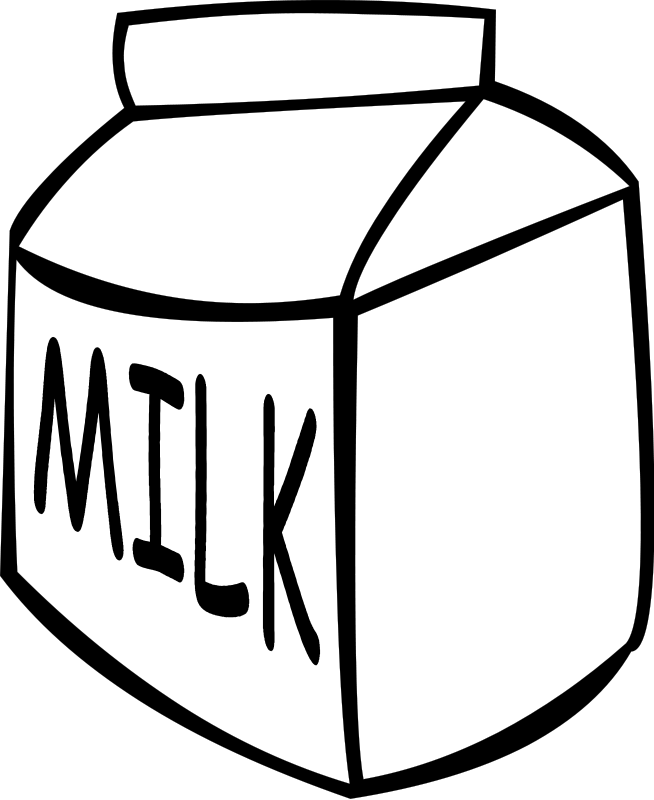Monday, December 21, 2020 - Grass-fed means exactly what it sounds like it does: that cows are fed a diet of grass and hay  instead of corn and grains. But with all the myriad labels touting various distinctions lining the dairy aisle, it’s helpful to know the difference between all of your options. Cows from conventional dairy farms often eat a grain-based diet of corn, grain, soy, alfalfa pellets, corn silage, or byproducts from manufacturing corn. Organic dairy farms require that cows have access to pasture or grass, and 30 percent of their diet must be made up of foraged grass. Cows that are 100 percent grass-fed organic eat grass and whatever they get from grazing the pastures. When the pastures are covered with snow, cows will eat hay (dry grass) and baleage (fermented, high-moisture grass).
instead of corn and grains. But with all the myriad labels touting various distinctions lining the dairy aisle, it’s helpful to know the difference between all of your options. Cows from conventional dairy farms often eat a grain-based diet of corn, grain, soy, alfalfa pellets, corn silage, or byproducts from manufacturing corn. Organic dairy farms require that cows have access to pasture or grass, and 30 percent of their diet must be made up of foraged grass. Cows that are 100 percent grass-fed organic eat grass and whatever they get from grazing the pastures. When the pastures are covered with snow, cows will eat hay (dry grass) and baleage (fermented, high-moisture grass).
When meat or dairy is 100 percent grass-fed certified, this means it’s gone through a USDA-accredited organic certifying agency, which according to Joseph, “keeps the integrity of 100 percent grass-fed cattle intact. It also prevents the general term ‘grass-fed’ from becoming another unfounded packaging claim or marketing lingo.”
These days, more and more farms are getting grass-fed certified, and Celine Beitchman, director of nutrition education and chef instructor at the Natural Gourmet Institute in New York City, explains that this is really important. “There’s a lot of greenwashing [misinformation and unsubstantiated claims disseminated by a company trying to present itself as more environmentally responsible than it actually is] because consumers are unaware of legal definitions but want the purported benefits. So there’s a high potential for calling something pastured or grass-fed when it is only marginally so,” she says. “Certifications in the food system help consumers and farmers. Consumers get a guarantee that what they are buying abides by the standards they want to support. And farmers get to differentiate their products in the marketplace and, in the case of pasture, get to charge fair prices for their hard work.”
According to Beitchman, when cows are grass-fed, “it changes the quality of the milk they produce; the chemistry of the fat molecules changes when it’s grass-fed instead of grain-fed. When a cow is eating grass, its fat is richer in anti-inflammatory omega-3 fats, which autoimmune and paleo diets tend to focus on. Cows fed grains produce pro-inflammatory omega-6 fats.” A study published in Food Science and Nutrition also showed that grass-fed milk has more omega-3 fats than both organic and conventional milk. The anti-inflammatory benefits of omega-3 fats have been shown to reduce the risk of cardiovascular diseases and may protect the body from other conditions such as cancer.
This is why the Bulletproof diet is so focused on putting only grass-fed butter or ghee into its signature Bulletproof Coffee. Dave Asprey, founder and CEO of Bulletproof, explains, “If you want the best fuel for your body, organic, grass-fed butter is the real deal, as it’s high in vitamins, minerals, antioxidants, and healthy fats. When you put grass-fed butter in your coffee, your body uses the caffeine differently. Fats take time to break down, which results in a slow release of caffeine. Proteins in milk and cream prevent your body from absorbing the polyphenols (a type of antioxidant) in coffee.”
Now that you know the benefits of grass-fed dairy, will you ever look at non-grass-fed dairy the same way again? For us, probably not. Just another example of why reading labels is so crucial to consumers.
Read More at This Link
